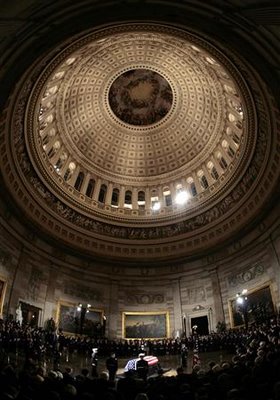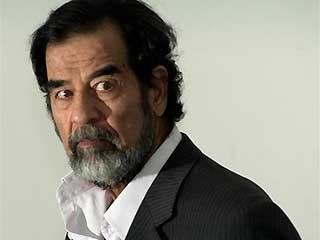2007 New Years celebrations around the world~HAPPY NEW TO ALL FROM THE USA
WISHING YOU AND YOURS A VERY HAPPY NEW YEAR !

The Australian city of Sydney provided a huge fireworks display for its New Years celebration as countries around the world began to usher in 2007.

As many as 1 million Sydneysiders braved wind to welcome 2007, but predicted rain stayed away. And, as usual, the Harbour Bridge was the hub of the extravaganza.

The midnight (1100 GMT) fireworks show, billed the biggest and best to date, lasted 13 minutes and featured pyrotechnics displays off CBD buildings, the bridge and harbourside locations.
The 4-million-Australia-dollar (3.2-million-US-dollar) festivities were dubbed "a Diamond Night in the Emerald City."

In her New Year's Eve message, Sydney Lord Mayor Clover Moore said the city could make a shared commitment to strengthening the community and extending goodwill and optimism into 2007.
SAIGON NEW YEAR 2007 FESTIVAL
Jan. 1: Fireworks explode over the London Eye on New Year's Day celebrations by the river Thames in London.

About New Years
Ever wonder about the traditions of New Year? How did they start? Why is celebrating the New Year such a big deal? Where did new year resolutions come from?
New Year's Day is the first day of the calendar year. It is celebrated as a holiday in almost every country in the world. It is a time of gaiety, sharing with friends, remembering the past, and hoping for good things in the future. In the United States, thousands of people jam Times Square in New York City to welcome the New Year at midnight. The transition between New Year's Eve and New Year's Day is an exciting one. In Times Square, people countdown the seconds to welcome the new day as the New Year ball slowly descends and lights up the area.
Not all countries or cultures celebrate New Year on January 1st. The Chinese, Egyptian, Jewish, Roman, and Mohammedan years all have different start dates. Chinese New Year starts on a different day each year. Thousands of years ago, the Egyptians celebrated their New Year about the middle of June. That was the time when the Nile River usually overflowed. January 1 is became recognized as New Year's Day in the 1500's when the Gregorian Calendar was introduced. The Julian Calendar places the New Year on January 14. The Jewish New Year, a feast day, is celebrated about the time of the fall equinox, in late September.
In ancient Rome, the first day of the New Year honored Janus - the god of gates and doors and beginnings and endings. The month of January was named after this god. Janus had two faces. One looked ahead to see what the new year will bring and the other looked backward to see what happened during the past year. So this is how the Romans celebrated. They also gave their friends gifts. Often gifts were given to Senators in exchange for favors.
In England, Druid priests celebrated their New Years on March 10. They gave branches of mistletoe to people for charms. Later, English people followed the custom of cleaning their chimneys on New Year's Day. The English believed this brought good luck to the household for the coming year. The expression "cleaning the slate" came from this custom. It means making resolutions to correct faults and bad habits. People resolve to make themselves better in the New Year. It is still custom today to make a list of resolutions.











































































































